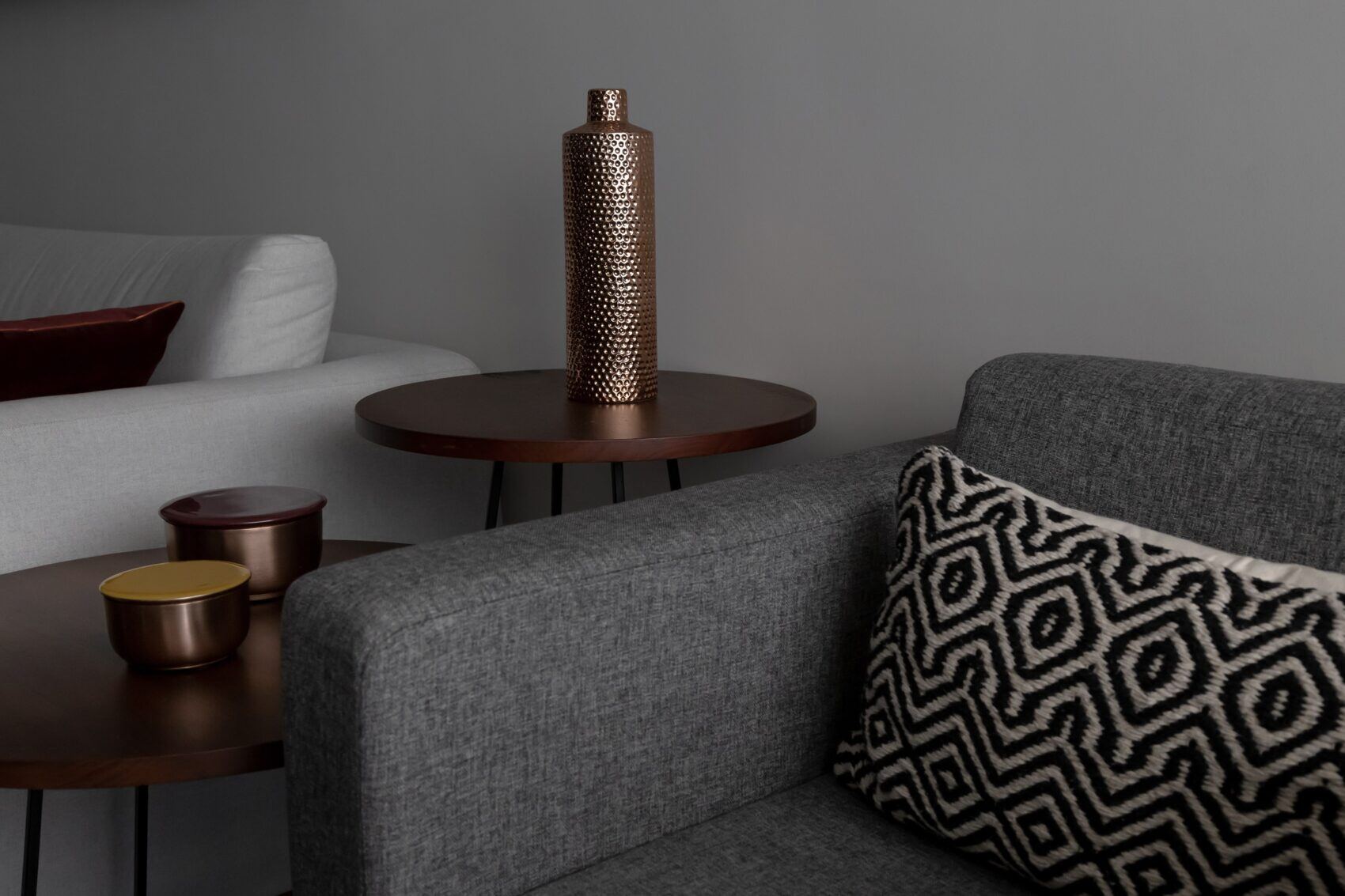Sober Living Options For Parents
Addiction, also known as substance use disorder, is listed in the Diagnostic and Statistical Manual of Mental Disorders, Fifth Edition (DSM-5) as a chronic, relapsing brain disorder. It is characterized by compulsively engaging in rewarding stimuli without regard for negative consequence. The path of recovery from substance abuse and/ or addiction is not necessarily linear, nor will it be the same for every person. The treatment process for substance abuse and/ or addiction is generally comprised of a detox phase, a substance abuse and/ or addiction treatment program and an aftercare plan. Depending on the situation, an individual may elect to move into a sober-living facility after the completion of a substance abuse and/ or addiction treatment program as a component of her aftercare plan.
Sober living is an excellent transitional residential option for an individual who has completed a substance use and/ or addiction treatment program and may need a little additional time honing her coping mechanisms and communication skills taught in treatment, prior to returning to her home environment. The length of time an individual opts to reside in a sober-living facility will differ. The Journal of Psychoactive Drugs found that the average stay in a sober-living facility ranges between 166 to 254 days. For parents, although the prospect of living away from one’s family for a longer period may seem undesirable, residing in a sober-living facility can be incredibly helpful to one’s continued sober success. Sober living facilities offer an individual in recovery an opportunity to continue to practice implementing the lessons learned during her treatment program, without being exposed to the triggers that may otherwise present when immediately returning to one’s home environment. Individuals that live in sober-living facilities all have the same primary goal: to remain sober. According to the National Institute on Drug Abuse (NIDA), the length of time an individual spends in substance abuse treatment (including sober-living) can directly increase her outcome in recovery.
From luxury sober-living homes to modest sober-living homes and everywhere in-between, there is surely a sober living facility that can sufficiently accommodate any individual’s needs. Most sober-livings allow children of residents to visit their parents while they reside at the sober-living facility. Sober-living homes each hold distinct characteristics, are in different geographical areas, offer a variety of wide-ranging amenities, and many specialize in accommodating individual’s nuanced needs. Most sober-living facilities are privately owned, and as such will have a distinct set of house rules and regulations as well as corresponding consequences for violations. The purpose of a sober-living facility is not to shield its residents from reality, but instead to help them take the necessary preparatory steps to fully reintegrate into society and further strengthen a foundation of recovery to enable prolonged and sustained sobriety.
Sober living – For Information and Support
Substance abuse and addiction can be incredibly dangerous and can result in severe short and long-term consequences. If you or someone you know is suffering from substance abuse or addiction, please get help as soon as possible. The earlier you seek support, the sooner you and your loved ones can return to leading happy, healthy, and fulfilling lives. There is no reason to go through this alone, and we are here to help. Please feel free to reach out to us for further information or with any questions regarding substance abuse or addiction. We are available anytime via telephone at: 213-389-9964, or you can always email us at: info@friendlyhousela.org.



